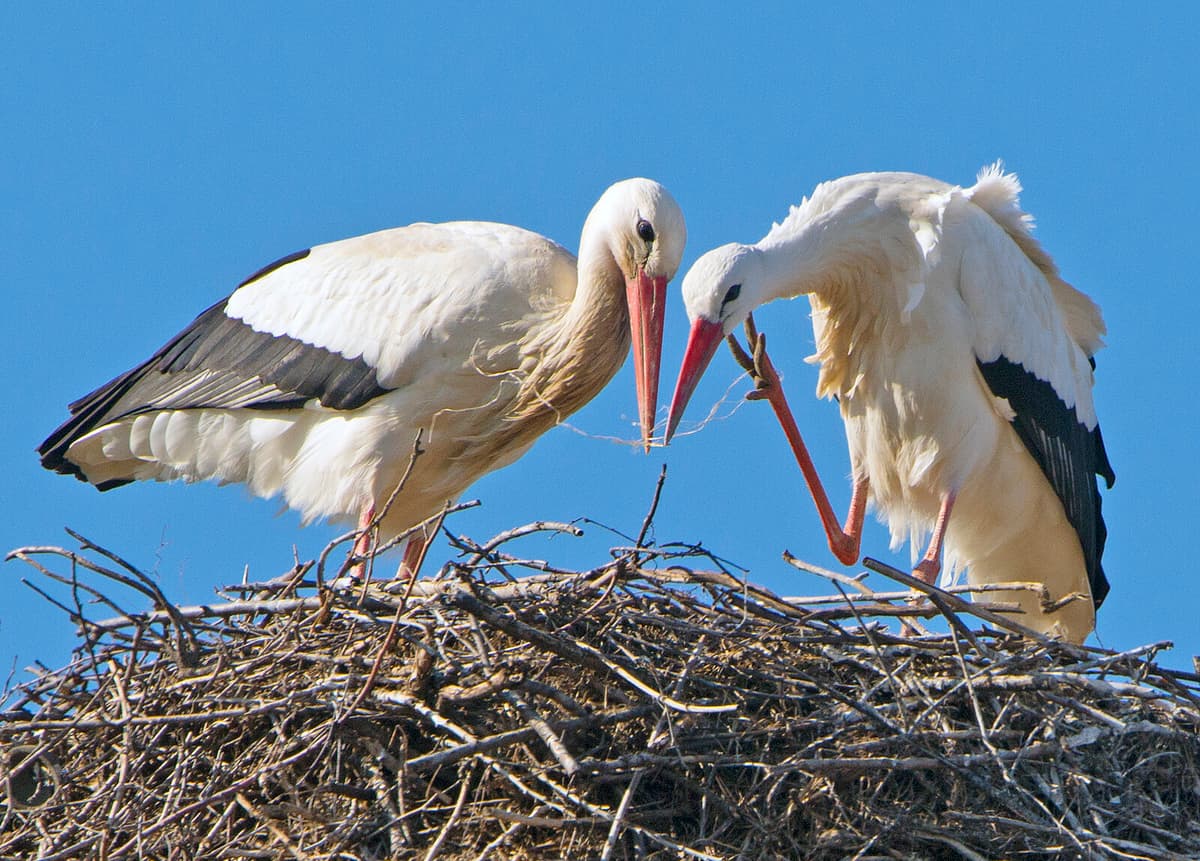This year, twelve breeding stork pairs have been registered, one on Zealand and the rest on Jutland. This can be compared to eight breeding pairs last year and ten in 2023.
In Germany, the stork population is growing, according to Jesper Leegaard, vice chairman of the organization Storkene.dk. When competition for breeding sites arises in Germany, some settle on southern Jutland.
It usually ends with the more experienced stork pairs chasing away the younger, newlywed ones. And it is them we see in Denmark. They are simply pressed up here, he has previously stated to the news agency Ritzau.
In Scania, the Stork Project is attempting to contribute to building up a wild stork population. Storks are bred in enclosures where they pair and breed for one or more years before being released.
The Stork Project estimates the number of wild breeding stork pairs to be around fifty this year, all in Scania. There are 39 pairs that already meet the breeding criteria and a further 17 pairs that are still uncertain.
According to SLU Artdatabanken, the stork is still a species classified as highly endangered in Sweden.





